Welcome back to the Exoskeletons and Wearable Robotics podcast, where we continue our analysis of occupational/industrial wearables for workers from Episode 4 with a very special guest, Marisol Barrero, famous for being one of the first corporate teams to implement shoulder-support exoskeletons at Toyota North America.
Watch on YouTube:
Introduction to our guest: Marisol Barrero (LinkedIn) is the co-founder and current Board member of the Automotive Exoskeleton Group, which the Wearable Robotics Association initially sponsored. She is a member of the ASTM International F48. Marisol frequently speaks at leading safety and technology conferences, including the Applied Ergonomics Conference, WearRAcon, and the Enterprise Wearable Technology Summit. Marisol’s extensive experience includes her work as an ergonomics consultant with Mitsui Sumitomo Insurance Group and Humantech and as a researcher with the National Institute for Occupational Safety & Health (NIOSH). She earned her B.A. and M.S. from Cornell University and has been a Certified Professional Ergonomist since 2006.
Or listen as a podcast from all major audio channels:
From 2006 to 2016, Marisol led the development of Toyota Motor North America’s ergonomics systems, encompassing model ergonomics processes, risk assessment tools, training, and auditing. As Regional Ergonomics Manager, she managed a team of ergonomists supporting Toyota’s 15 North American manufacturing facilities. Marisol holds the Certified Professional Ergonomist (CPE) credential, is the Global Ergonomics Manager at Vibrantz Technologies Inc., and is the Director of Safety and Applications for the Wearable Robotics Association.
Major topics: 00:00 Introduction 02:50 Exoskeletons for workers at Toyota 16:58 Are industrial exoskeletons PPE (personal protective equipment) 22:21 The importance of automation and the size of a company 26:42 Lessons from Masterclass: Are You Ready For Exoskeletons 33:45 KPI and ROI of occupational Exoskeletons 40:34 Advice for companies on exo implementation 43:28 Where do you see industrial exoskeleton technology in five years?
Thank you for watching, and please support the Exoskeleton Report on Patreon!
Summary (AI-Generated):
Episode 11 of the Exoskeletons and Wearable Robotics Podcast features a conversation with Marisol Barrero, a leader in exoskeleton integration and ergonomics. Marisol recounts her experience at Toyota, where exoskeletons were introduced to address ergonomic challenges in underbody assembly work. Despite Toyota’s best efforts to improve ergonomics through design changes, shoulder fatigue and strain remained a persistent issue. The introduction of exoskeletons as a potential solution was initially met with mixed reactions across different plants. However, after structured trials and data collection, the program showed promising results, including reduced muscle fatigue and no recorded shoulder injuries. This led Toyota to develop a formalized internal standard, making exoskeleton use mandatory for processes that met specific criteria. The implementation, though successful, required significant resources, training, and continuous evaluation. Unfortunately, the COVID-19 pandemic disrupted the program as safety personnel were redirected to manage health and sanitization protocols.
Marisol also discusses her subsequent work at AWS, where exoskeletons were explored in data centers to assist with lifting tasks. The corporate culture at AWS differed significantly from that of Toyota, with a greater emphasis on individual choice rather than standardized protective equipment. Workers viewed exoskeletons as tools rather than personal protective equipment (PPE), opting to wear them on days with heavier workloads rather than daily. This highlighted the importance of framing exoskeletons within an organization’s specific work culture.
Moving on to her time at Liberty Mutual, Marisol worked in a consulting role, educating clients on exoskeletons and their potential applications. She found that many companies had little to no knowledge about exoskeletons, and misconceptions were widespread. Rather than directly implementing exoskeleton programs, her focus was on raising awareness and advising companies on how to integrate them into their existing ergonomics programs.
A central discussion point in the episode is the ongoing debate on whether exoskeletons should be classified as PPE. Marisol shares examples of how different companies have approached this question, with some, like Toyota, treating exoskeletons as PPE while others, like Tesla, categorized them as engineering controls. She argues that the terminology is less important than ensuring exoskeletons fit within a company’s culture and are consistently implemented.
Another critical topic is the role of exoskeletons in manufacturing versus automation. Marisol notes that while large-scale automation can eliminate certain ergonomic risks, it is not always feasible due to cost, production changes, or model life cycles. In such cases, exoskeletons serve as an immediate and cost-effective intervention to protect workers while automation plans are in development.
The conversation also touches on the importance of structured trials before full-scale deployment. Many organizations mistakenly consider a brief vendor demonstration as a “trial” when, in reality, effective implementation requires careful planning, stakeholder engagement, and objective data collection. Marisol stresses the need for companies to conduct thorough research, select multiple products for comparison, and engage workers in the evaluation process to ensure success.
Finally, the discussion shifts to the future of exoskeletons. Marisol envisions smarter, AI-driven exoskeletons that can predict user movements and provide seamless support. She also hopes to see exoskeletons become more mainstream, moving beyond industrial settings into everyday consumer use, such as home improvement projects or manual labor tasks.
The episode concludes with gratitude to Patreon supporters who helped make the podcast possible. The conversation offers deep insights into the complexities of exoskeleton adoption, making it a must-listen for anyone interested in wearable robotics and workplace ergonomics.

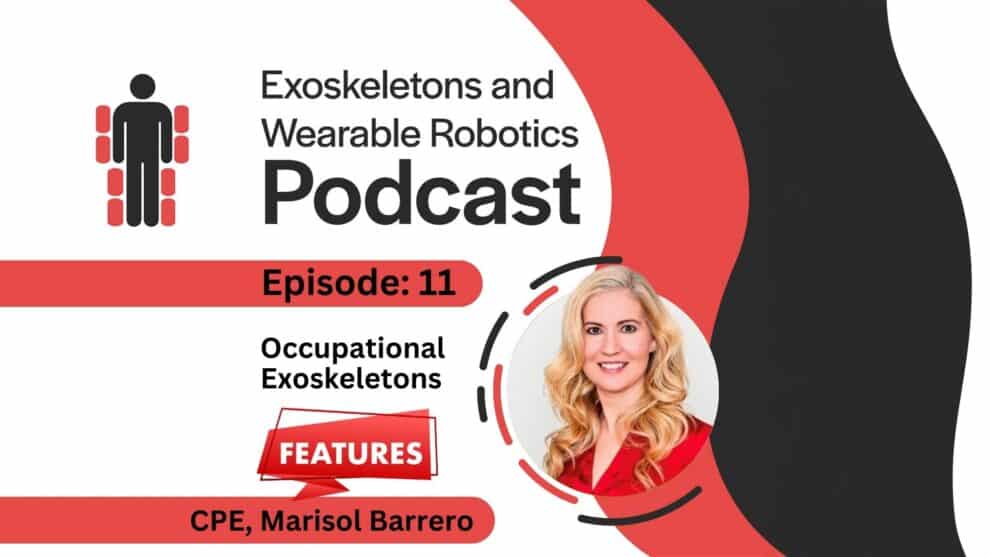
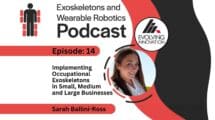
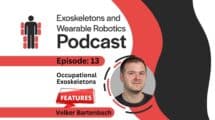
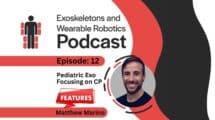

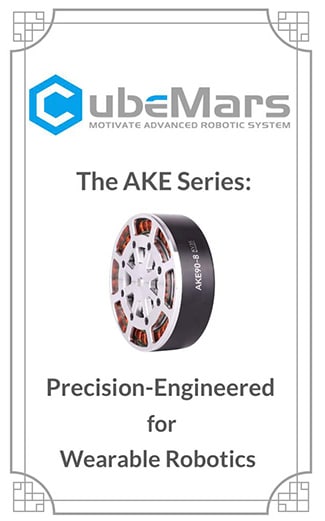
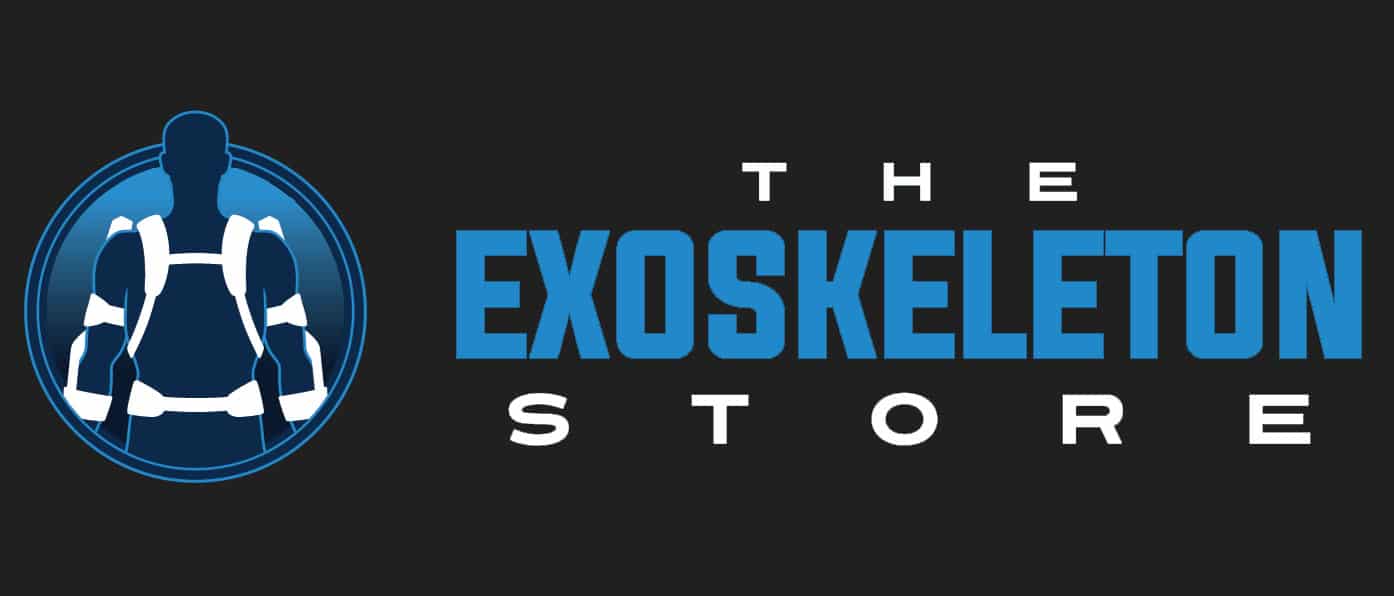
Add Comment